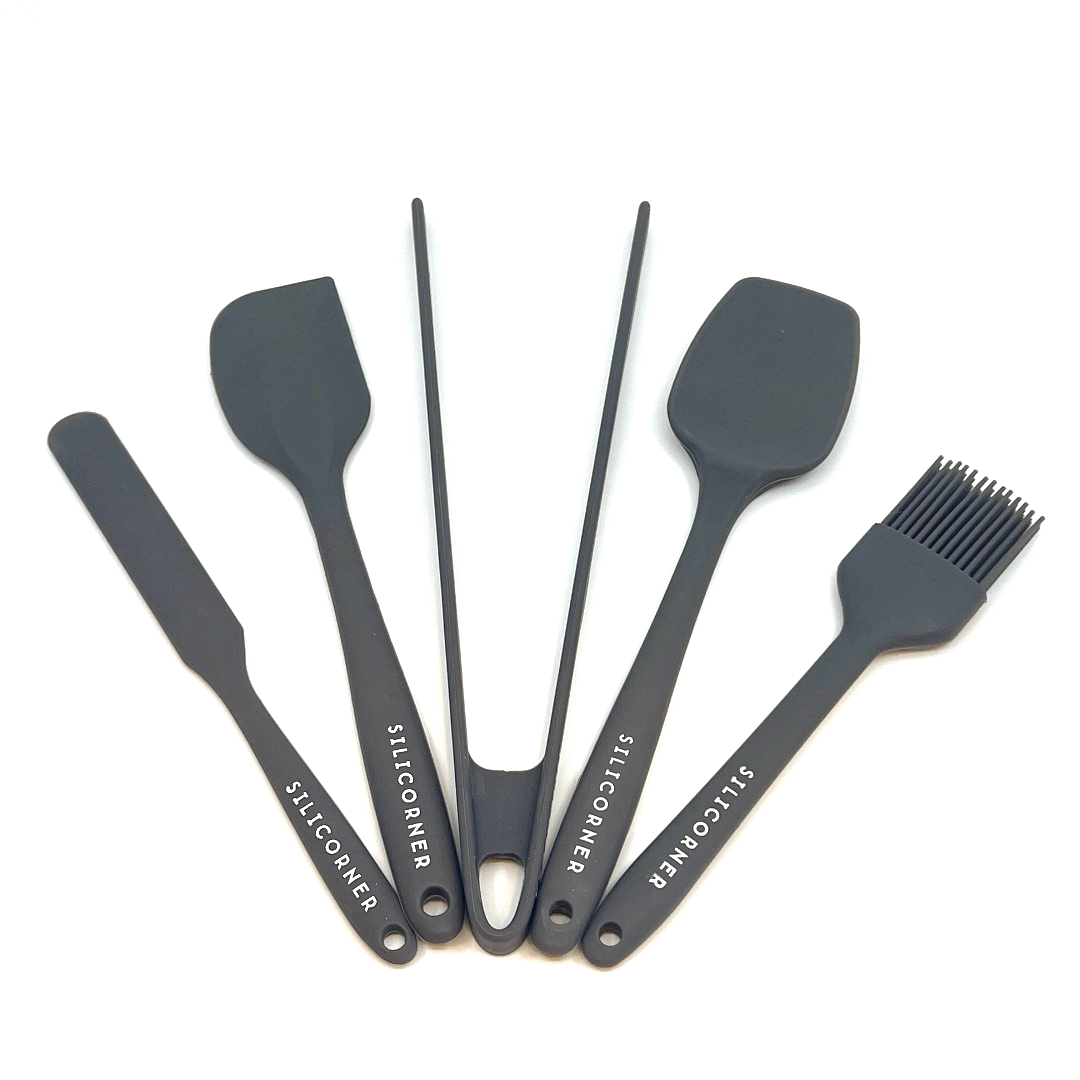Our kitchens are full of countless accessories and tools made from different materials. While each of these tools is designed to simplify our daily cooking routine, we often wonder about their potential impact on our health. Silicone, the popular material of recent years, has an increasing use in kitchenware. So, what effects do these dazzling silicone kitchenware with their colorful and flexible structures have on our health?
Silicone kitchen utensils are modern cooking and storage containers that have become widespread in kitchens in recent years and preferred by many people. Thanks to their high temperature resistant and flexible structure, they promise their users practicality and long-lasting use. Silicone is a rubber-like material and is highly resistant to heat and cold, and therefore it is often preferred in the production of kitchenware.
Silicone kitchen utensils are produced to meet the standards set by regulatory bodies such as the FDA regarding the safety of materials that can come into contact with food. In particular, silicone materials that do not contain BPA (Bisphenol A) constitute an attractive alternative for consumers looking for healthy kitchen tools. In addition to their durability and flexibility, they also offer advantages in terms of cleaning; Because most silicone kitchen utensils are dishwasher safe and stain resistant.
Another important advantage of silicone for kitchens is the variety of colors and designs. Silicone containers produced in different forms and colors not only create an aesthetic appearance in kitchens, but also offer users a wide range of options in terms of functionality. Produced in a wide range of products, from cake molds to spatulas, from oven gloves to strainers, silicone kitchen products have taken their place among the indispensable parts of contemporary kitchens.
Silicone kitchenware is one of the most popular kitchen tools of recent years. One of the biggest reasons for this is that they are resistant to high temperatures. These items are extremely resistant to temperature fluctuations between -40°C and +230°C. In this way, they can be used both as storage containers in the freezer and can be safely preferred in high-temperature environments such as ovens and microwaves.
Another important advantage is the flexibility of silicone kitchenware. Since its materials are soft and pliable, it allows easy removal of food when used in products such as cake moulds, muffin cups and spatulas. In addition, this flexibility allows the items to be used more agilely and even in narrow spaces.
It is also a great advantage that silicone kitchen utensils are easy to clean. Thanks to its non-stick surface properties, food residues can be easily wiped off, which is a big plus in terms of hygiene. Items can be easily cleaned with water and dishwashing detergent, and most silicone products are also dishwasher safe.
Silicone kitchenware is frequently preferred in today's kitchens; However, many people wonder whether these products carry potential health risks. Although silicone is a high temperature resistant, flexible and chemically inert material, products of poor quality or improper production conditions may pose various health risks.
Concerns about health risks generally revolve around the harmful chemicals that silicone may emit during heat treatment and the possibility of these substances leaching into our food. High-quality silicone utensils that have been subjected to certain standards and tests by regulatory bodies such as the FDA have been proven to be safe; However, there may be products on the market that do not meet these tests and standards.
In addition, degradation of the structure of uncertified silicone kitchen utensils may occur as a result of long-term heat exposure, which leads to deterioration of kitchen utensils and corrosion of their surfaces. This can increase the risk of more chemicals than usual contaminating our food. If users choose certified and reliable products when shopping, this risk will be significantly reduced.